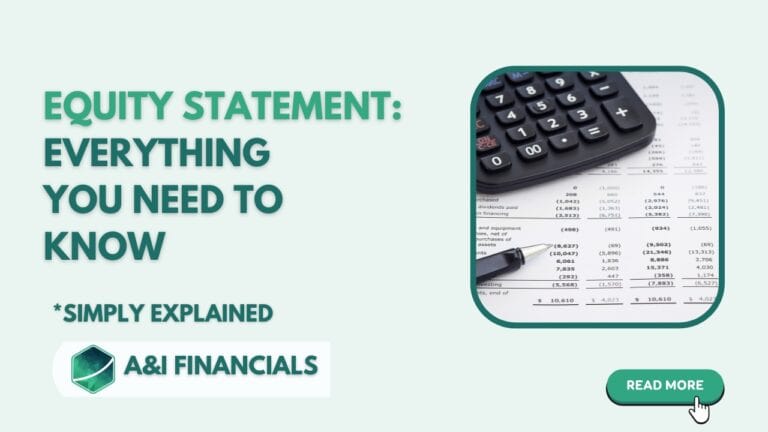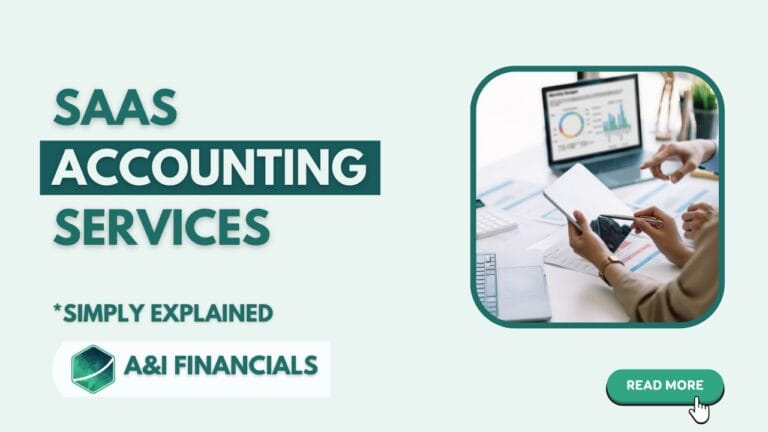Abbreviation Accounting Essentials
In the intricate dance of numbers in the accounting world, a shorthand keeps the rhythm steady and the movements precise. This shorthand, abbreviation accounting, is the secret language of finance professionals, turning complex transactions into manageable snippets of information. But what happens when you try to learn the steps without knowing the moves? That’s where we come in. Let’s demystify abbreviation accounting together in a way that’s engaging, informative, and, dare we say, a little fun.
What Exactly Is Abbreviation Accounting?
Imagine trying to read a novel, but half is written in code. That’s what diving into accounting can feel like for the uninitiated. Abbreviation accounting, at its core, uses acronyms and abbreviations to represent longer accounting terms and concepts. This not only saves time but also streamlines communication among professionals. However, it can seem like a bewildering alphabet soup for those outside the loop.

Why Should You Care?
You might wonder, “Why bother learning about abbreviation accounting?” Whether you’re a budding public accountant, a business owner, or just trying to get a handle on your finances, understanding these abbreviations gives you a clearer view of your financial landscape. From balance sheets to income statements and every transaction in between, abbreviation accounting is the key to unlocking information.
The Building Blocks of Financial Communication
Let’s break down some of the essential abbreviations and their roles in the accounting world:
- AR (Accounts Receivable): This represents the money owed to a company by its customers. Think of it as the “incoming funds” part of the equation.
- AP (Accounts Payable): On the flip side, the company owes this to others. It’s the bills and expenses that need to be paid.
- GL (General Ledger): The master document of all financial transactions within a company. It’s the source of truth for the financial position of a business.
- GAAP (Generally Accepted Accounting Principles): These rules govern financial reporting in the U.S., ensuring consistency and clarity across the board.
- FASB (Financial Accounting Standards Board): The body that establishes the GAAP, guiding financial reporting principles.
The Impact on Financial Statements
Understanding abbreviation accounting is particularly crucial when it comes to deciphering critical financial statements:
- Income Statement: This document reflects the company’s income or expenses over a specific period, showcasing the net income after all is said and done.
- Balance Sheets: Here, you’ll see a snapshot of the company’s financial position at a given moment, including assets, liabilities, and equity.
- Cash Flow Statement: This outlines the inflows and outflows of cash, providing insight into the company’s liquidity and financial health.
How Abbreviation Accounting Streamlines Communication

Imagine discussing the cost of goods sold (COGS) in a meeting. Instead of “Costs incurred by a company in producing its goods,” you say “COGS.” It’s quicker and more accessible, and everyone in the room knows what you’re talking about. This efficiency is the beauty of abbreviation accounting.
Incorporating Semantic Keywords
In an SEO-optimized manner, it’s essential to sprinkle our discussion with crucial terms that resonate with the theme of abbreviation accounting. For instance, discussing the financial reporting requirements set by the GAAP refers to a standardized approach, ensuring clarity and uniformity in how financial data is presented. Similarly, when discussing the balance sheet’s role in reflecting a company’s financial position, we delve into the essence of accounting—providing a clear picture of where a business stands financially at any given point.
Why Choose Our Services?
Let’s discuss why you might consider contacting us for our expertise. Accounting, with all its intricacies, can be daunting. Whether you’re grappling with the complexities of general ledger management, trying to make sense of your cash flow, or navigating the nuances of financial accounting standards, we’re here to help. Abbreviation accounting is a speciality of our team of well-seasoned professionals. We’re committed to demystifying the economic landscape and giving you the insights and guidance you need to make informed decisions.
Let’s Connect!
If the abbreviation accounting has your head spinning or you’re looking for a partner to help navigate the financial intricacies of your business, we’re here for you. Contact us to explore how we can support your accounting needs, ensuring clarity, compliance, and peace of mind.
The Final Tally
Abbreviation accounting is more than just a shortcut; it’s a fundamental aspect of financial communication. By familiarizing yourself with these abbreviations, you unlock a new understanding and efficiency in managing financial information. Whether you’re an aspiring public accountant, a business owner, or just keen on getting your finances in order, mastering this language is a step toward financial fluency.
Remember, the accounting world is vast and complex but doesn’t have to be impenetrable. With the proper guidance, resources, and patience, you can navigate it confidently. And, of course, we’re always here to help, offering services that cater to your unique needs and challenges. Let’s tackle the numbers together, making abbreviation accounting a valuable tool in your financial arsenal.
FAQS
Abbreviation accounting refers to using acronyms and abbreviations to represent longer accounting terms and concepts, streamlining communication and documentation in the financial world.
Understanding abbreviation accounting is crucial for interpreting financial documents, communicating effectively with finance professionals, and managing your or your business’s financial affairs efficiently.
Yes, some common examples include AR (Accounts Receivable), AP (Accounts Payable), GL (General Ledger), GAAP (Generally Accepted Accounting Principles), and COGS (Cost of Goods Sold).
Abbreviation accounting impacts financial statements by simplifying the presentation and understanding of complex financial data, such as income, expenses, assets, and liabilities, making assessing a company’s financial health easier.







